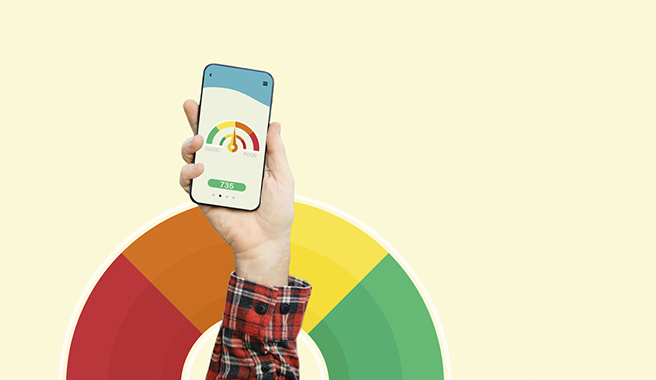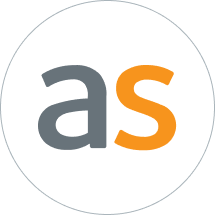$73,532. According to a study by credit rating agency Equifax, $73,532 is the average debt load for Canadian consumers. Mortgages make up a significant portion of that number, with non-mortgage debt, like credit cards, auto loans, and lines of credit decreasing overall.
How can we get out of the red and into the black?
Look at the big picture
The first step is to face facts and take a look at the big picture. Where is your debt coming from?
You may have heard the terms “good debt” and “bad debt,” but do you know what the difference is between the two? It might seem odd that any debt at all can ever be considered a "good" thing, but some types of debt can give your overall financial profile a boost, as long as you can responsibly pay it back. What typically separates good debt from bad debt is that good debt usually refers to debt you've taken on that will ultimately increase the value of an asset. Taking out a mortgage to purchase a home or a loan to further your education so you can secure a better paying job are both examples of good debt.
Bad debt is debt you've incurred to purchase items that don't generally increase in value over time; in fact, they often depreciate in value. Auto loans and credit card are two types of bad debts.
Good or bad, it’s important to keep track of your debt and your repayments. Most people have more than one source of debt, making it difficult to keep track of your payments. Write down each source of debt; who it’s owed to, how much you owe, and the minimum payment each month. This process won’t be fun, but it’s necessary to get control of the problem and make a plan.
Create a budget – and follow it.
Now that you know your monthly debt payments, you can use that to start a budget. You’ll also need to include living expenses – utilities, phone payments, groceries etc. Once you’ve done that, you’ll see how much income you have left for other spending – such as eating out, entertainment and shopping.
Digital banking statements available through Alterna’s online banking platform and mobile app allow you to look back at your spending habits, which will shed some light on where your money is going. You might be surprised how much you spend on things like morning coffee. A grande latte from Starbucks rings in at an average of $5.50, three times a week; that’s $858 a year. By contrast, filtered coffee comes in at about 20 cents a cup when home-brewed and poured from a stylish stainless steel thermos into your own mug.
The 50/30/20 rule
How much should you put towards your debt payments each month? Sure, you can get by making minimum payments, but it won’t make much of an impact on the bulk of your debt.
Use the 50/30/20 rule. 50% of your income should be spent on must-haves (rent/mortgage, living expenses, insurance, commuting), 30% on wants, and 20% on paying down debt.
Once you’ve figured out the amounts, set up recurring payments or transfers that come out as soon as you get paid, these will help keep you on track and ensure your debt payments are a priority.
Ask for a lower interest rate.
Credit cards have high-interest rates, but there is still some variation between card types. Investigate what is offered and see if you can find a lower-interest card. Check out the great rates on Alterna’s Collabria Visa* card here.
Consolidate
Sometimes it is possible to combine multiple credit cards or loans under a new credit application to lower your interest rate and monthly payments. At Alterna, we can help find a solution that will work for your situation and budget.
Pay down your debt
Once you have a clear picture, you need to decide on a strategy to pay down and eventually pay off your debt. There are a couple of approaches you can choose from, so pick the one that suits you best.
- The avalanche
This approach starts with first paying off the highest-interest debt, like your credit card. Once that’s paid off you move on to the next highest, and down the mountain until it’s all paid off. The avalanche is a very effective method and may save you money in interest.
- The snowball
The snowball focuses on paying off your smallest debt first and working your way up. Getting rid of small debts builds a sense of accomplishment that can boost you as you move on to the bigger sums.
Ultimately, the best approach is the one you will stick to. Come and talk to us today about how to get your debt under control. Book an Appointment
*The Alterna Visa credit card is issued by Collabria Financial Services Inc. pursuant to a license from Visa. Visa is a trademark of Visa Int. and is used under license.







